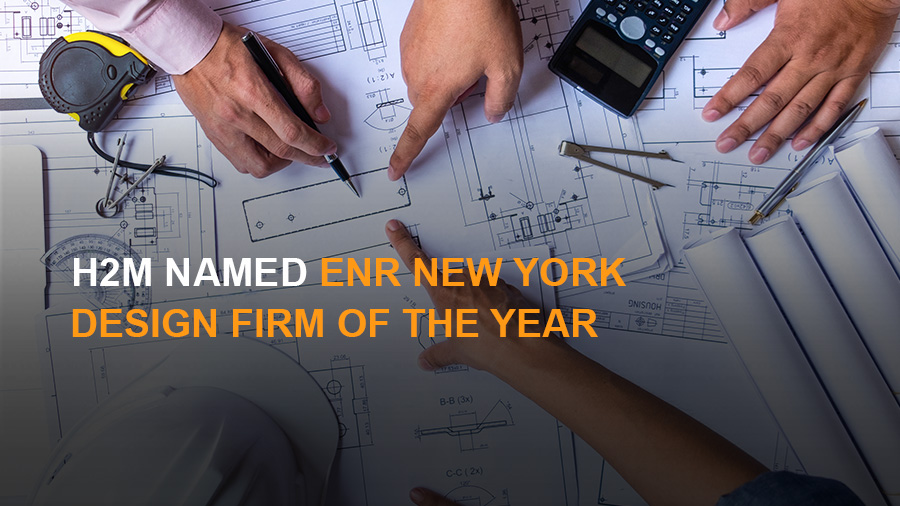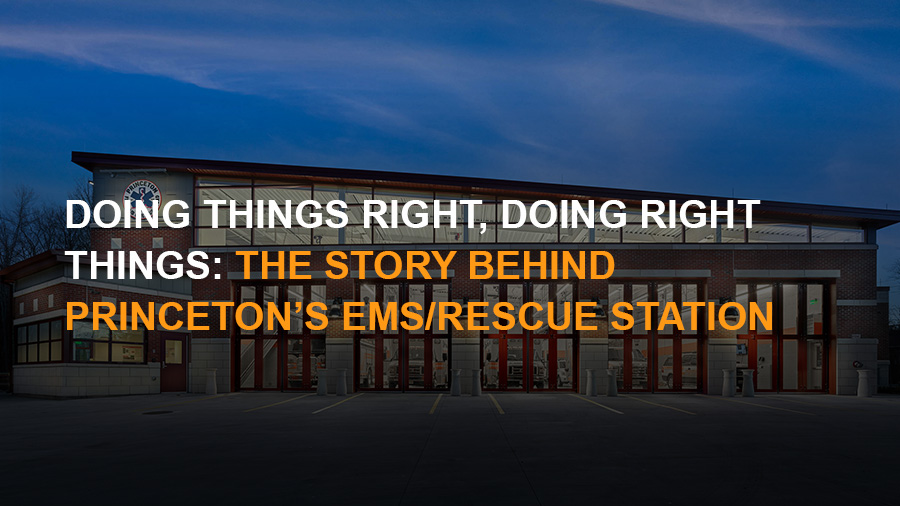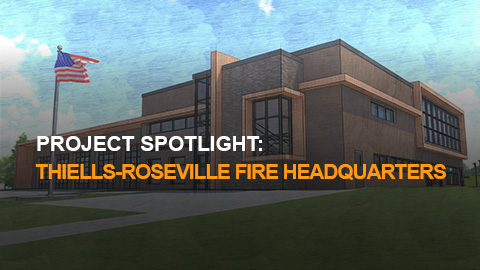The Many Options of Assisted Living
By David L. Mammina, AIA; Vice President, Deputy Market Director of Real Estate
There are many options when it comes to senior housing, which can easily be confusing and frequently overwhelming to the family of a loved one. Below are different options that are available when it comes to choosing the appropriate living environment for a senior.
Senior Living Communities: Senior living communities offer living facilities for well seniors who are self-sufficient and do not require hands-on care (some percentage of these residents may still drive automobiles). In these communities, residents are provided with apartments within buildings that offer a broad range of physical as well as social activities. (In these types of facilities, zoning ordinances within municipalities can determine minimum age requirements for occupancy, thereby limiting impact on school districts and other municipal services.) Facilities, such as this, can be privately funded or may be funded by the Federal Government through HUD (Housing and Urban Development). In the latter circumstance, the rents are subsidized, and occupants must meet certain economic guidelines to qualify for an apartment. Typically, there are long waiting lists for this type of housing.
Assisted Living Communities: Assisted living communities provide housing and care for seniors who require some level of assistance. However, these are not medical facilities (as will be discussed below). These buildings come in all shapes and sizes. Care can include assistance with eating, bathing, medications, daily living activities, housekeeping, etc. While this is not a medical facility, qualified personnel are on-site and available 24 hours a day. Many of these facilities have transient doctors who will visit the facility (dentists, podiatrists, and other medical practitioners). There are organized activities and entertainment daily. This may include shopping trips, bowling outings, transportation to religious services, etc. The beauty salon is always a popular amenity for the ladies! One common feature (not always) provided in an assisted living facility is a memory care wing that specializes in Alzheimer’s disease and early dementia care.
Nursing Homes: Nursing homes are designed for seniors who require 24-hour monitoring and medical assistance. In these facilities, residents are typically diagnosed with conditions that leave them unable to care for themselves. A majority of the residents are bed ridden and/or wheel-chair bound. Many of these facilities have units which specialize in residents with traumatic brain injuries and/or comas and are therefore on ventilators 24 hours a day. In addition, a nursing home may contain on-site dialysis (a service which is commonly needed by residents with this level of acuity). Also, within a nursing home, it is not uncommon to have what is called an adult day health care center. This can be either a medical model or a social model facility. The registrant will spend their day within the facility. They will be given breakfast and lunch, social activities, frequent physical and occupational therapy as well as some level of medical care. The trend within the healthcare industry, is that nursing homes are now also providing short term rehab for procedures such as hip or knee replacement. In a nursing home, physical and occupational therapy are a requirement for licensure from the Department of Health. In this setting, a resident can regain strength and learn the day to day functions of bathing, cooking and feeding themselves. The goals of a program such as this, is that the resident will at some point will return to their home.
Within any industry, it is not uncommon to see the popularization of particular trends. The same holds true for assisted living facility design, which has seen an uptick in certain trends of its own. Currently, the most popular trend across the board is designated areas for recreation. No matter the kind of assisted living facility, recreation has become an integral component because it can be used to keep the residents engaged through social interaction, and it can also be used for the purpose of rehabilitation. The only distinction between facilities will typically be the level of decoration and the size of the recreational space. Among the more common recreational activities are card and billiards rooms, gyms and other areas for physical activity, libraries, organized classes, such as a cooking class, and coordinated trips to malls or casinos. In some instances, there are swimming pools, ballrooms, business centers and Nintendo Wii consoles incorporated into a facility’s design to encourage the residents to socialize.
Continuum of care (CoC) is another concept that has gained popularity as the average life expectancy of this generation increases. Providing a means of aging in place, continuum of care facilities typically includes three components: apartment complexes for well seniors or houses, an assisted living facility and a smaller size nursing home. It is essentially a one-stop shop for senior citizens. Continuum of care not only provides the convenience of aging in place, but also peace of mind for the occupants that they will be able to receive care for as long as they live. It also helps to prevent any disruption or uncertainty should a senior experience a severe health event. Once recovered, the resident has the opportunity to remain within their complex, avoiding any major changes, including being moved to unfamiliar surroundings. Another trend is the development of memory care facilities. Once reserved for a small portion of assisted living homes, fully-dedicated memory care facilities are now more common than ever, as the demand for this service is the highest it has ever been. A CCRC in New York State is licensed and financially controlled by the New York State Department of Health. The objective is to maintain relationships and life consistency/stability between seniors and the friendships that they have forged. Lastly, this creates a peace of mind and logical progression of healthcare for the family of the loved one within one facility.
The demand remains even within traditionally designed assisted living homes, where the number of memory care units requested within a design has practically doubled in recent years. Careful consideration and an understanding of dementia residents’ needs are integral to the design of memory care facilities. Some elements are as simple as no dead-end corridors, which could easily confuse residents. Other elements include the use of memory cues, such as designing rooms where the bathroom doors face the beds so that a light can be left on and residents can more easily access the toilet. Residents’ personal items are also used as memory cues, lining corridors that lead to their rooms, keeping their minds stimulated while also guiding them.
Creating homelike settings is important to the design of an assisted living facility or a unit within one. This design focus is to move away from an institutional environment to a home-like setting. Easily accessed from the resident rooms are dining and living room spaces. These will typically lead you on to outdoor recreation areas, which can also be viewed from the public resident spaces. Dining areas are typically set up in a “country kitchen” type food network design. The higher functioning residents have the option to be served at the counter, thereby reinforcing independence.
Gardens are becoming a welcomed design trend in assisted living communities for outdoor recreation. Designs are created with wide graded wheelchair accessible entrances and paths which can create the ability for seniors to walk in a controlled environment. Raised beds of flowers and vegetables are often utilized to make it easier to reach for those with mobility issues. Gardens are valuable for many reasons in assisted living facilities, they can prompt pleasant memories of youth and being in the “backyard”. It is important for seniors to get outdoors to enjoy health benefits of sunshine. Gardens create sensory-stimulating environments as well.
The customization of a memory care facility’s lighting system is commonly used to counteract the psychological phenomena of “sundowning,” in which someone with dementia experiences increased confusion, anxiety, and restlessness as the sun sets. This phenomenon is theorized to be the resident’s attempt to find their way home at the end of the day. By maintaining a consistent lighting level, residents will experience this type of occurrence less often.
Convenience and quality of life are major considerations when designing any facility, and assisted living, nursing homes, and senior living facilities are no exception. No matter the trend, one thing they all have in common is that they are driven by residents’ needs.
For more information on assisted living facility design, please contact David Mammina, AIA, Vice President, Deputy Market Director of Real Estate, at dmammina@h2m.com.



